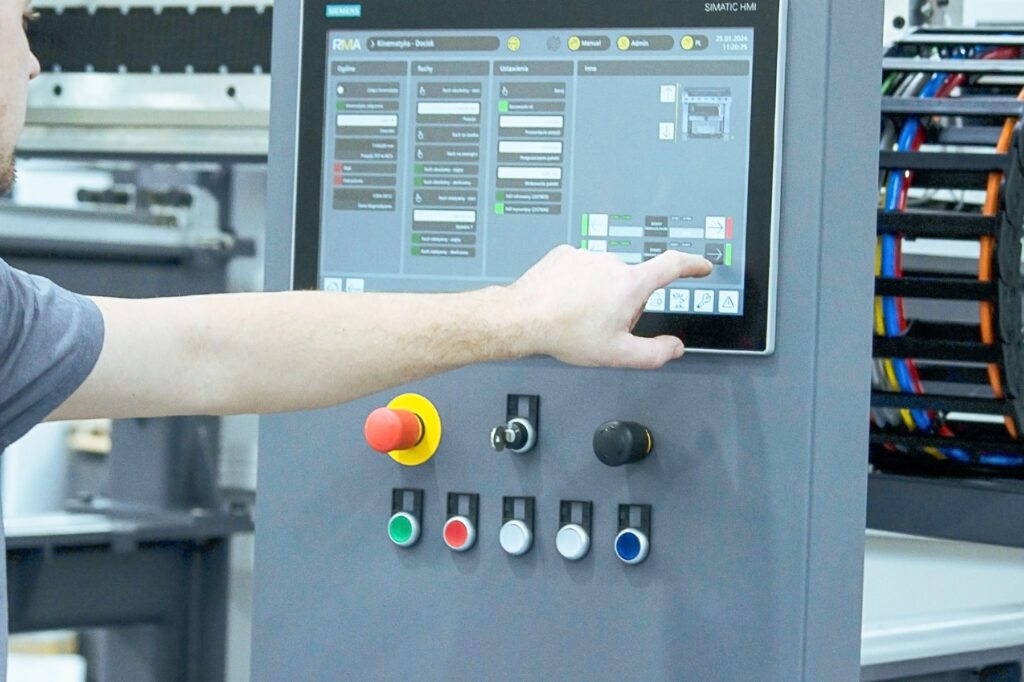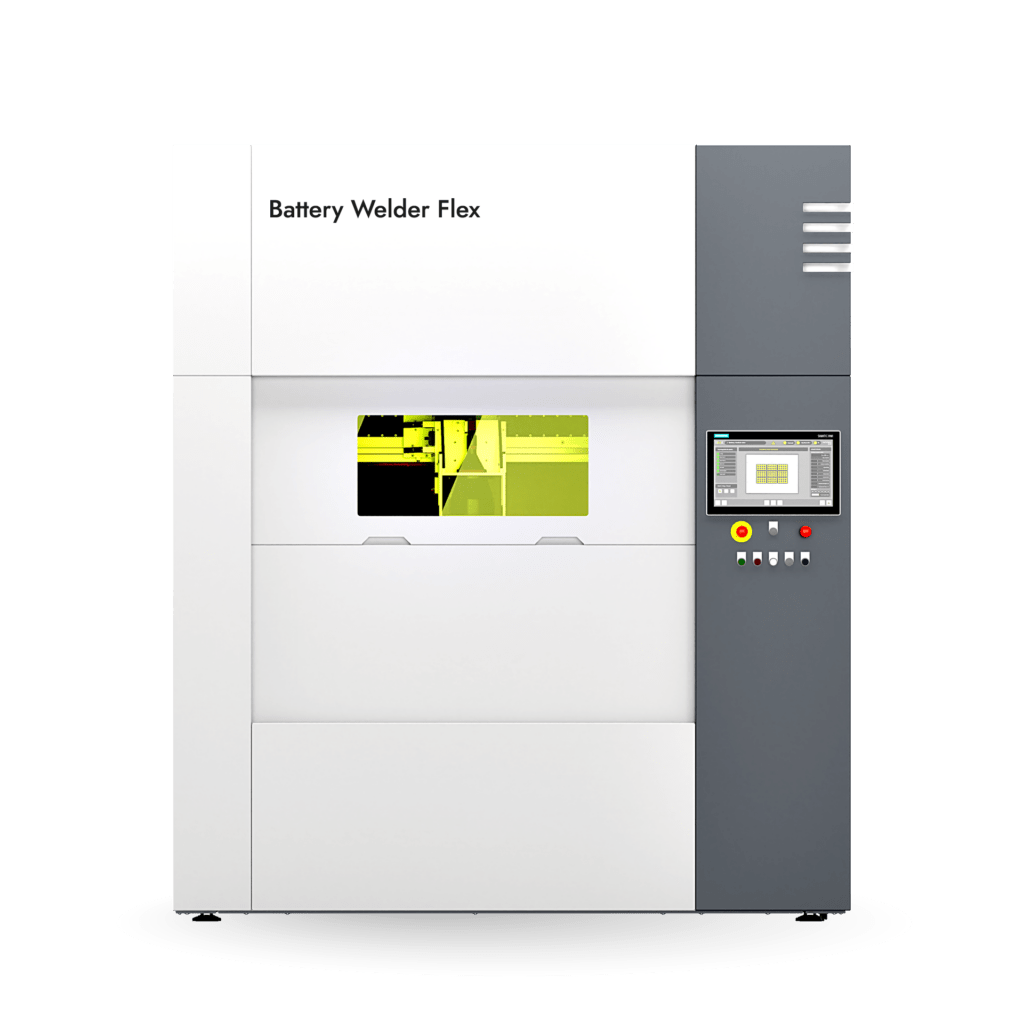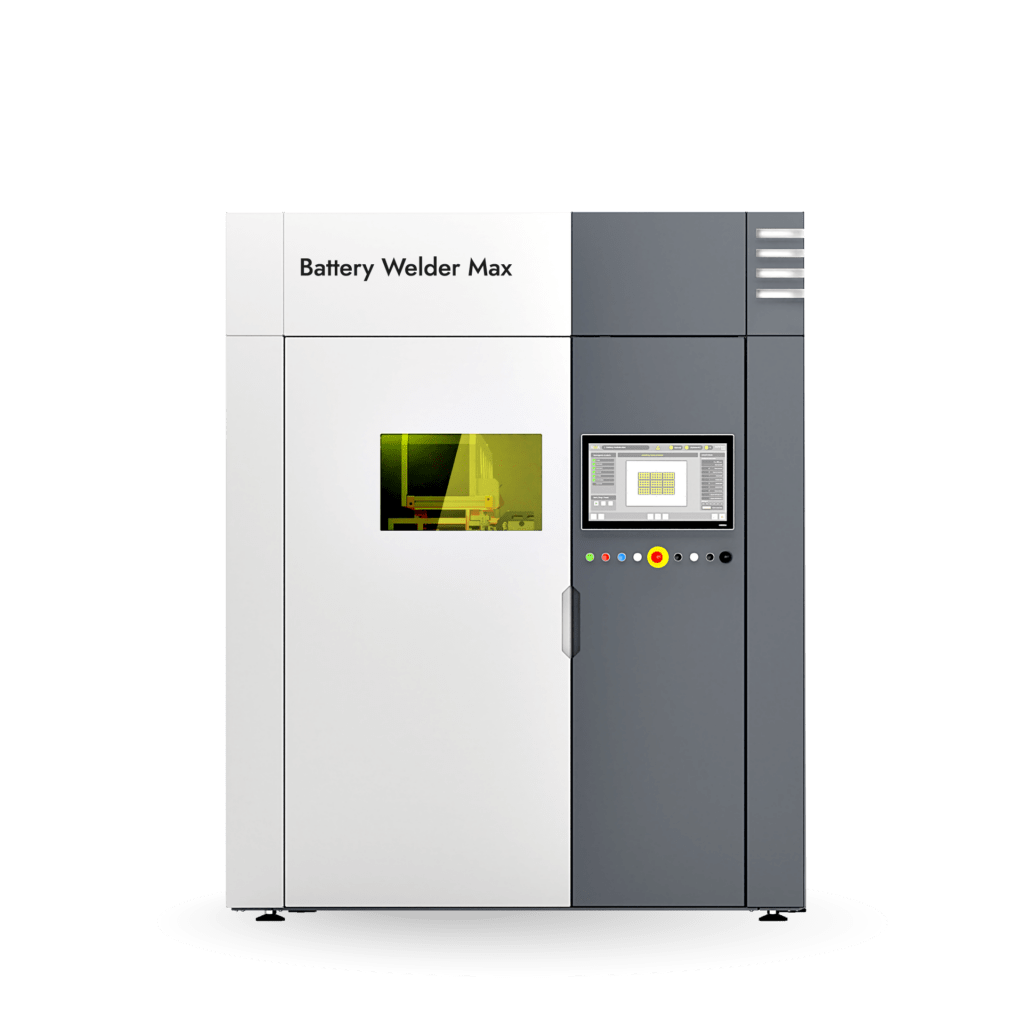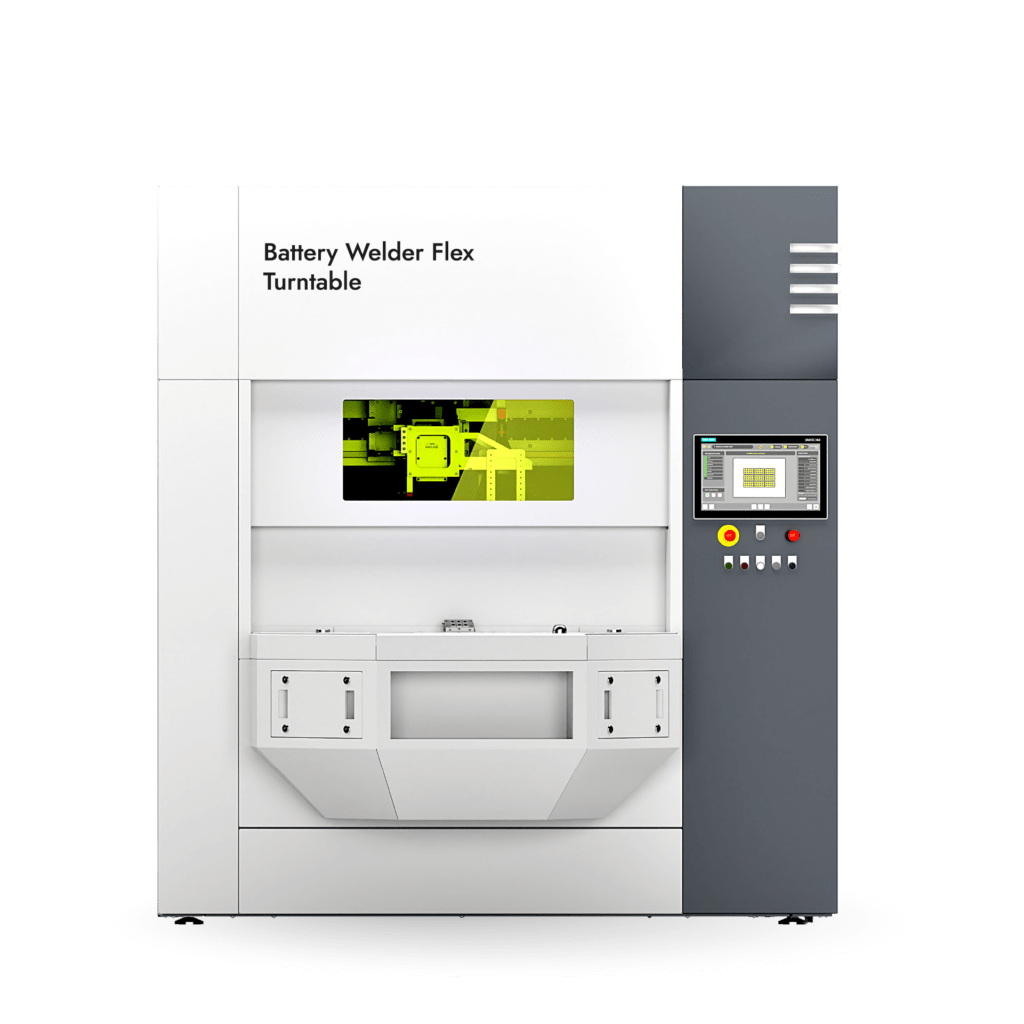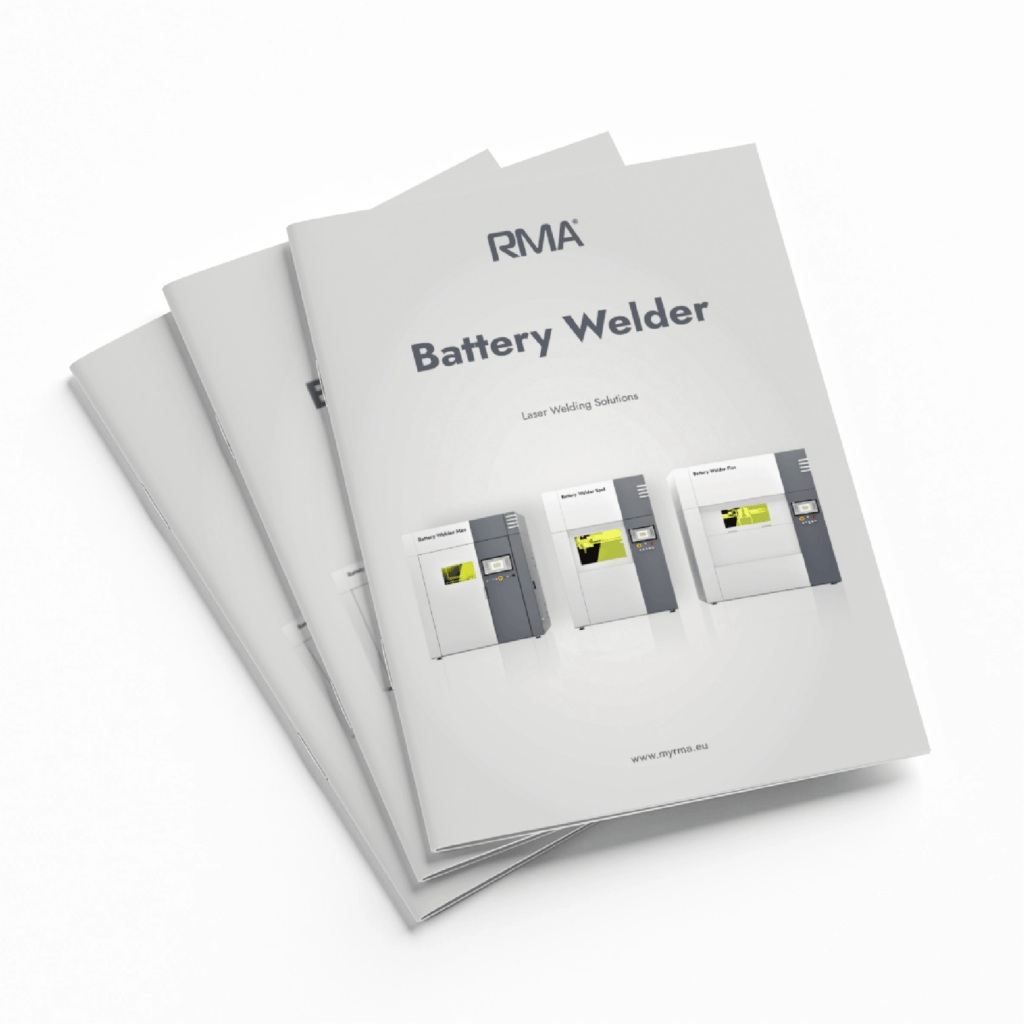Mastering Battery Pack Laser Welding
Laser welding is a key precision-driven method for assembling battery packs and modules. This advanced technique leverages focused laser energy to melt and bond materials, creating robust and reliable connections crucial for high-performance batteries. Let’s explore the fundamental principles of battery pack laser welding and its impact on modern battery manufacturing.Why Laser Welding is Essential for Battery Manufacturing
Learn more about our solutions for battery manufacturing and laser welding applications.Core Principles of Laser Welding for Battery Packs
- Energy Delivery: A concentrated laser beam targets specific areas, rapidly heating and melting the material, making it ideal for precision battery welding.
- Joint Formation: The molten material solidifies into a strong metallurgical bond, ensuring durability and conductivity in battery packs.
- Non-Contact Process: The laser does not physically touch the materials, minimizing wear and allowing for superior accuracy.
- Dissimilar Material Joining: Laser technology enables the welding of different materials, creating strong electrical and mechanical connections.
Welding Techniques for Battery Pack Assembly
- Conduction Welding: Used for thinner materials, this method provides broader and shallower welds by surface-level heat absorption.
- Keyhole Welding: Ideal for thicker and more complex materials, this technique creates deep, narrow welds through vaporized cavities, enhancing penetration.
Best Materials for Battery Pack Laser Welding
- Preferred Materials: Nickel and nickel-plated steel are commonly used due to their excellent weldability.
- Challenging Materials: Copper is highly conductive but difficult to weld due to its reflectivity. Aluminum is lightweight but requires higher power levels for effective welding.
- Dissimilar Material Welding: Welding different materials is often necessary and achievable with advanced laser systems.
Key Laser Welding Parameters
- Laser Power: Ranges from 100W to 2000W, depending on material requirements.
- Spot Size, Pulse Duration, and Frequency: These factors are carefully adjusted to ensure minimal thermal damage and high weld consistency.
- Optimized Welding Speed: Balances energy input, penetration depth, and thermal efficiency.
Challenges in Battery Pack Laser Welding & Solutions
- Handling Material Reflectivity: Advanced laser technology compensates for reflective surfaces like copper and aluminum.
- Ensuring Consistency: Quality control measures ensure uniform weld quality across multiple battery cells for safety and efficiency.
Automation & Quality Monitoring in Battery Pack Welding
Explore our laser welding products designed for precision and efficiency in battery manufacturing.- Automation: Precision laser welding machines enable repeatable, high-accuracy welding crucial for mass production.
- Real-time Monitoring: Sensors and quality control systems provide immediate feedback to maintain high welding standards.
Applications of Laser Welding in Battery Manufacturing
- Cell Tab & Busbar Welding: Critical for interconnecting battery cells and ensuring efficient power distribution.
- Module & Pack Assembly: Laser welding facilitates the integration of battery modules into complete packs.

